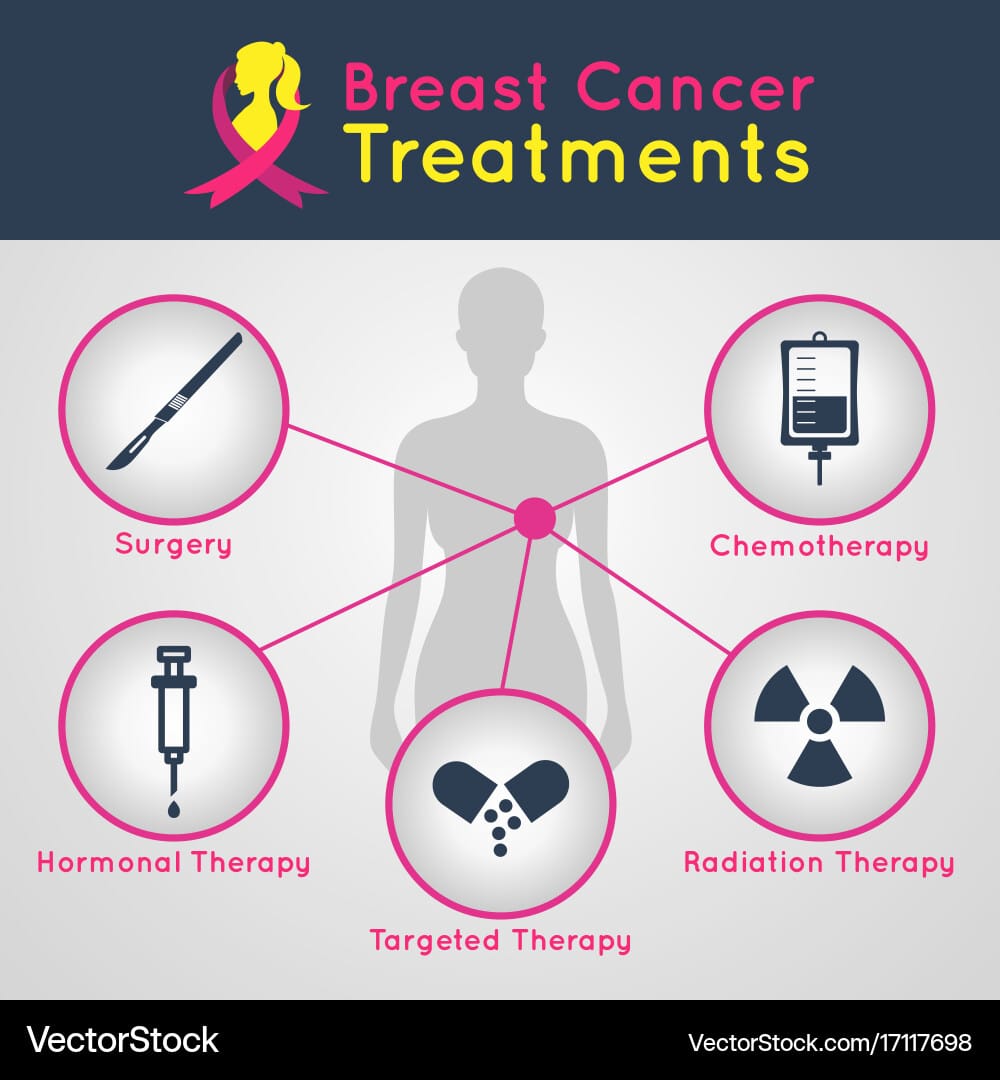Breast cancer is one of the most common types of cancer affecting women worldwide. While surgery has been the traditional treatment option for many years, it’s not always suitable for every patient. Fortunately, researchers have been working tirelessly to develop non-invasive breast cancer treatments that can offer similar benefits without the need for surgery.
One of the most promising non-invasive breast cancer treatments is cryoablation. This technique involves using liquid nitrogen to freeze cancer cells, effectively killing them. Cryoablation has been shown to be effective in treating small breast tumors, and it’s minimally invasive, requiring only a small incision.
High-intensity focused ultrasound (HIFU) is another non-invasive breast cancer treatment that’s gaining attention. This technique uses high-frequency sound waves to heat and destroy cancer cells. HIFU has been shown to be effective in treating breast tumors, and it’s a relatively painless procedure.
Both cryoablation and HIFU have undergone significant testing in clinical trials, with promising results. In a study published in the Journal of the National Cancer Institute, researchers found that cryoablation was effective in treating 90% of breast tumors, with minimal side effects. Similarly, a study published in the Journal of Ultrasound in Medicine found that HIFU was effective in treating 85% of breast tumors, with few complications.
While these results are encouraging, it’s essential to note that non-invasive breast cancer treatments are not suitable for everyone. Patients with large tumors or those who have already undergone surgery may not be suitable candidates for these treatments. Additionally, non-invasive treatments may not be as effective as surgery in some cases.
Despite these limitations, non-invasive breast cancer treatments offer a new hope for patients who may not be suitable for surgery. These treatments can also be used in conjunction with other therapies, such as chemotherapy or radiation, to provide a comprehensive treatment plan.
Researchers are continuing to explore new non-invasive breast cancer treatments, including immunotherapy and gene therapy. These innovative approaches aim to harness the power of the immune system to fight cancer cells or repair genetic mutations that contribute to cancer growth.
In conclusion, non-invasive breast cancer treatments are revolutionizing the field of breast cancer treatment. While surgery is still the most effective treatment option for many patients, non-invasive treatments offer a new hope for those who may not be suitable for surgery. As research continues to advance, we can expect to see even more innovative treatments emerge, offering improved outcomes for breast cancer patients worldwide.



